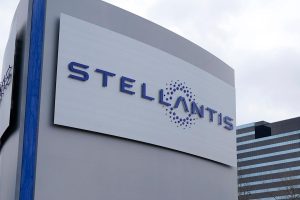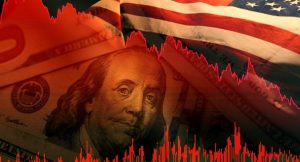It’s been a tough start to 2025 for Nvidia (NASDAQ: NVDA), with its stock price down nearly 30% from its record peak of $153.13, reached on January 7.
The company continues to capitalize on strong demand for its high-performance artificial intelligence (AI) chips, yet it hasn’t escaped the broader market sell-off amid concerns about the strength of the U.S. economy and impacts of the trade tariffs being implemented by the Trump administration. Still, longtime shareholders have little to complain about, as Nvidia’s stock has returned a spectacular 1,500% over the past five years.
Is this recent weakness present a buy-the-dip opportunity, or does it foreshadow more turbulence ahead? Let’s explore whether Nvidia’s stock can reclaim its all-time high.
Even amid stock market headwinds this year, the AI revolution is alive and well. Advancements in machine learning, automation, and generative AI are rapidly reshaping the global economy. Nvidia stands at the core of this transformation, with its cutting-edge graphics processing units (GPUs) driving these AI breakthroughs.
In fiscal 2025 (covering the period ended Jan. 26), Nvidia’s annual revenue surged 114% to $130.5 billion, fueled by demand from cloud service providers, including tech giants like Alphabet, Amazon, and Microsoft as they expand their data center AI infrastructure. Nvidia leveraged its operational momentum and pricing power to achieve record profitability, with full-year adjusted net income reaching $74.3 billion — a 130% increase from the previous year.
This growth highlights the emergence of reasoning AI — systems that emulate human-like problem-solving, along with agentic AI systems that represent autonomous workflows capable of independently executing complex tasks. These capabilities are still in the early stages of widespread global adoption.
By all accounts, Nvidia’s trajectory is just getting started as it launches its latest Blackwell chip platform, which promises up to four times the training performance and 30 times the speed of its predecessor architecture. That was the message from Nvidia founder and CEO Jensen Huang, who emphasized that the complexity of AI workloads is accelerating.
At the recent GPU Technology Conference, Huang said:
Customer demand is incredible, and for good reason, because we’re at an inflection point in AI — the amount of computation required is far greater due to reasoning AI, the training of reasoning AI systems, and Agentic systems.
For the year ahead (fiscal 2026), Wall Street analysts tracked by Yahoo! Finance project Nvidia’s revenue to grow at an annual rate of 56.6%, with adjusted earnings per share (EPS) rising 51.5% to $4.53. While these figures mark a deceleration from last year’s exceptional pace, they still underscore Nvidia’s dominant role as the AI leader, with a technological advantage that competitors are still attempting to replicate.


